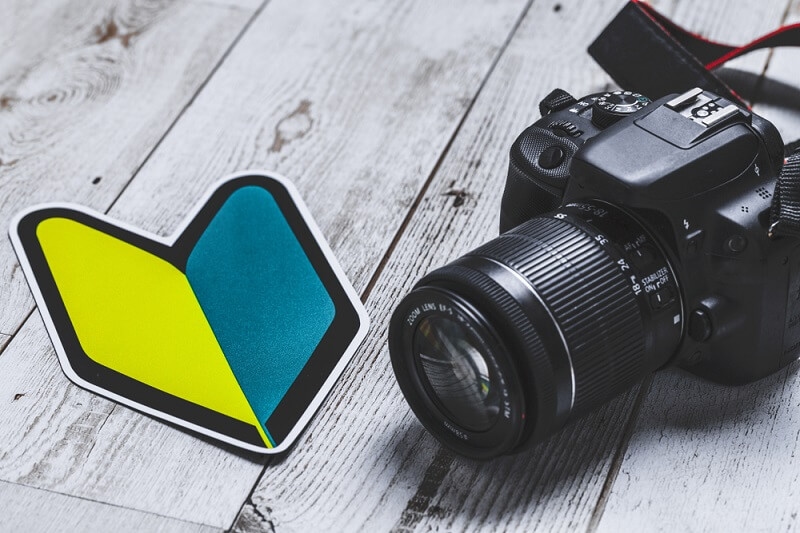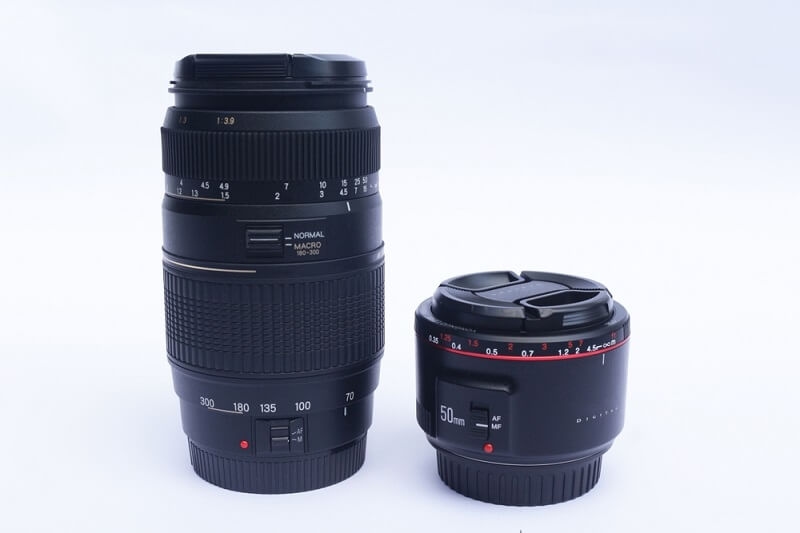
If you’re moving into photography, finding exceptional lenses for beginners can transform how you seize moments. The proper lens facilitates creating sharp, vibrant, professional-looking pictures even for amateurs. Choosing among low-priced prime lenses, zoom alternatives, or a price range portrait lens might be overwhelming initially; however, this manual simplifies the procedure. Think of it as an entire lens-buying manual for amateurs—packed with amateur lens recommendations to help you shoot like a pro.
Choosing the best lenses for beginners is one of the most vital steps. A lens immediately influences how your photos look, from sharpness and depth of field to colour and everyday mood. While cameras capture pictures, the lens determines how much light enters and how information is rendered. The right lens facilitates beginners' testing with patterns—whether photographs, landscapes, or close-up U.S.A.
You can gain professional-looking results in America without needing the most luxurious equipment. On the other hand, using the incorrect lens can restrict creativity and result in frustration with blurry or dull photographs. By beginning with lenses ideal for your goals and budget, you can construct a self-concept, develop capabilities faster, and unlock the complete potential of your photography journey.
One of the number one questions many new photographers ask is whether or not to begin with a prime or a zoom lens. Understanding zoom vs. top lens for pictures lets you pick the device that best fits your needs.
Both are precious. But for absolute beginners, many professionals recommend starting with cheaper top lenses to examine framing and composition before upgrading.
When it comes to amateur lens pointers, positive models continuously stand out:
These access-stage lenses have a stable rate, high quality, and a learning fee. They’re first-rate picks if you want to test with each zoom vs an excessive lens for pix before investing in higher-quality glass.

Photography may be an expensive interest, but low-priced, high-quality lenses provide tremendous quality at a low price. These lenses generally cost much less than $200 but deliver professional-grade outcomes. Popular alternatives include the Canon 50mm f/1 8 STM, Nikon AF-S 35mm f/1.8G, and Sony 50mm f/1.8.
For new photographers constructing their package, less steeply priced primes are a clever first buy.
It’s worth evaluating again: zoom vs. high lens for snapshots isn't always more comfortable than sharpness—it’s also about style.
As a beginner, experimenting with each is treasured. Many begin with the Zoom package deal and then add a less expensive Pinnacle lens to expand their capabilities.
Before you purchase, read this lens's guide for amateurs to avoid common mistakes:
This technique guarantees you pick the satisfactory lenses for novices that suit your photo style and goals.
Portraits are one of the first genres that many new photographers learn. Luckily, you don’t need to spend much to gain professional effects—a price range portrait lens, just like the 50mm f/1.Eight or 85mm f/2 gives you crisp information and tender backgrounds.
By starting with a budget alternative, you’ll find out how aperture and depth of field affect your snapshots without overspending.
Here are a few centered amateur lens hints relying on your hobbies:
Exploring genres lets you understand your personal fashion earlier than investing in steeply-priced seasoned lenses.
A key part of this lens searching for a guide for amateurs is balancing charge toward typical overall performance. Affordable high lenses often supply higher superb snap shots at a lower price than zooms. But Zooms win whilst versatility matters.
Choosing among them is predicated upon whether or not you want flexibility or herbal image super.
Even with the remarkable lenses for novices, new photographers frequently run into pitfalls:
Avoiding those errors ensures your budget portrait lens or flexible zoom funding pays off.
You must future-proof your lens decisions to build a flexible image package that evolves with your skills. First, consider lens types for starters, which look for a balance between quality and price. Affordable prime lenses are an excellent selection for starters. They offer sharp pictures and reasonably larger apertures that work for portrait, street photography, and low-light opportunities.
When deciding on a Zoom vs a prime lens for photography, consider your approach: Zooms offer versatility, while primes often provide superior image quality. For portrait photographers, an affordable lens can produce professional-looking images without breaking the bank!
A reliable lens buying manual for amateurs lets you understand focal lengths, aperture levels, and lens compatibility, ensuring your funding lasts years. By deciding on lenses that cater to multiple eventualities, you avoid frequent replacements and can expectantly grow your image talents. Thoughtful picks now suggest your kit stays relevant as your expertise evolves.
Finding the best lenses for beginners doesn’t need to be overwhelming. Start with clean, low-fee pinnacle lenses and a budget portrait lens, then discover zooms as you increase your style. If you’re moving into photography, finding exceptional lenses for beginners can transform how you seize moments. By following this lens shopping guide for amateurs, you’ll construct a package that helps boost creativity and professional-looking results while being a newbie.
This content was created by AI